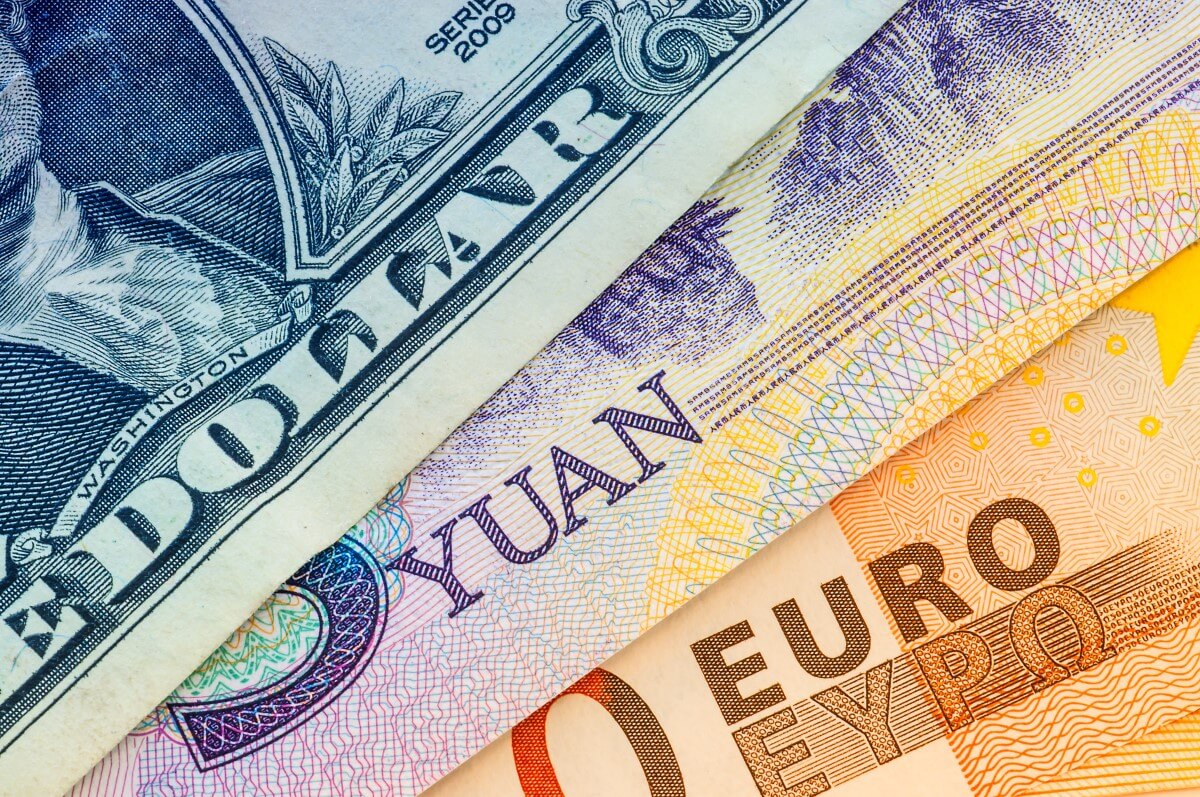
U.S. dollar hit a seven-week peak on Friday. Why’s that?
The dollar index surged forward today, hitting seven-week highs. It seems the Fed will continue hiking U.S. interest rates for a longer period. A set of robust data showed that the U.S. economy remains resilient. That means the agency has more leeway to increase rates.
The dollar index jumped by 0.2% at 104.80 against the basket of six major currencies, skyrocketing to its highest level since January 6. It remained on track for a fourth consecutive weekly gain. Overall, the greenback soared by 2.5% in February.
Simon Harvey, the head of FX Analysis at Monex, noted that the U.S. currency soaring to its fourth-straight week of gains shows just how much the positive data changed market sentiment.
On the other hand, the Japanese yen plummeted, suffering in a volatile Asian trading session. Bank of Japan’s incoming Governor – Kazuo Ueda, announced that the bank should keep its ultra-loose monetary policy, which is so frustrating to investors. The yen tumbled by 0.45% to 135.29 per USD. However, it skyrocketed to its highest level since Monday earlier in Asian trading hours.
Charu Chanana, the market strategist at Saxo Markets in Singapore, stated that Ueda’s neutral comments might cause the Japanese currency to embark on a weakening trend again.
In Europe, the common currency declined by 0.1% versus the dollar, exchanging hands at $1.0583 at last. At the same time, the British pound shaved off 0.27% against the greenback to $1.1985.
How are the EM currencies trading today?
Asian currencies were subdued today. They seemed set for weekly losses as the greenback remained strong. The Chinese yuan tumbled to a seven-week low as investors worried about tense Sino-U.S. relations.
The Malaysian ringgit dropped by 2.3% on Friday. It seemed on track for its biggest weekly plunge since the start of the coronavirus pandemic. Meanwhile, the Singapore dollar shaved off 0.6%. It was also set on track for its fourth consecutive weekly loss.
Over this week, the Thai baht plummeted by 0.8%. It shaved off an additional 0.6% today. South Korea’s won also lost the same amount. On the other hand, the Philippine peso rallied. It was the only currency in the region that traded in the green, soaring by 0.3%.
Barclays analysts noted that resilient global economic growth should boost some EM currencies. However, expectations about further hikes from Federal Reserve, as well as the related rise in rates volatility, have weighed on the currencies. On Friday, the Chinese yuan dropped by 0.3%, as well.




